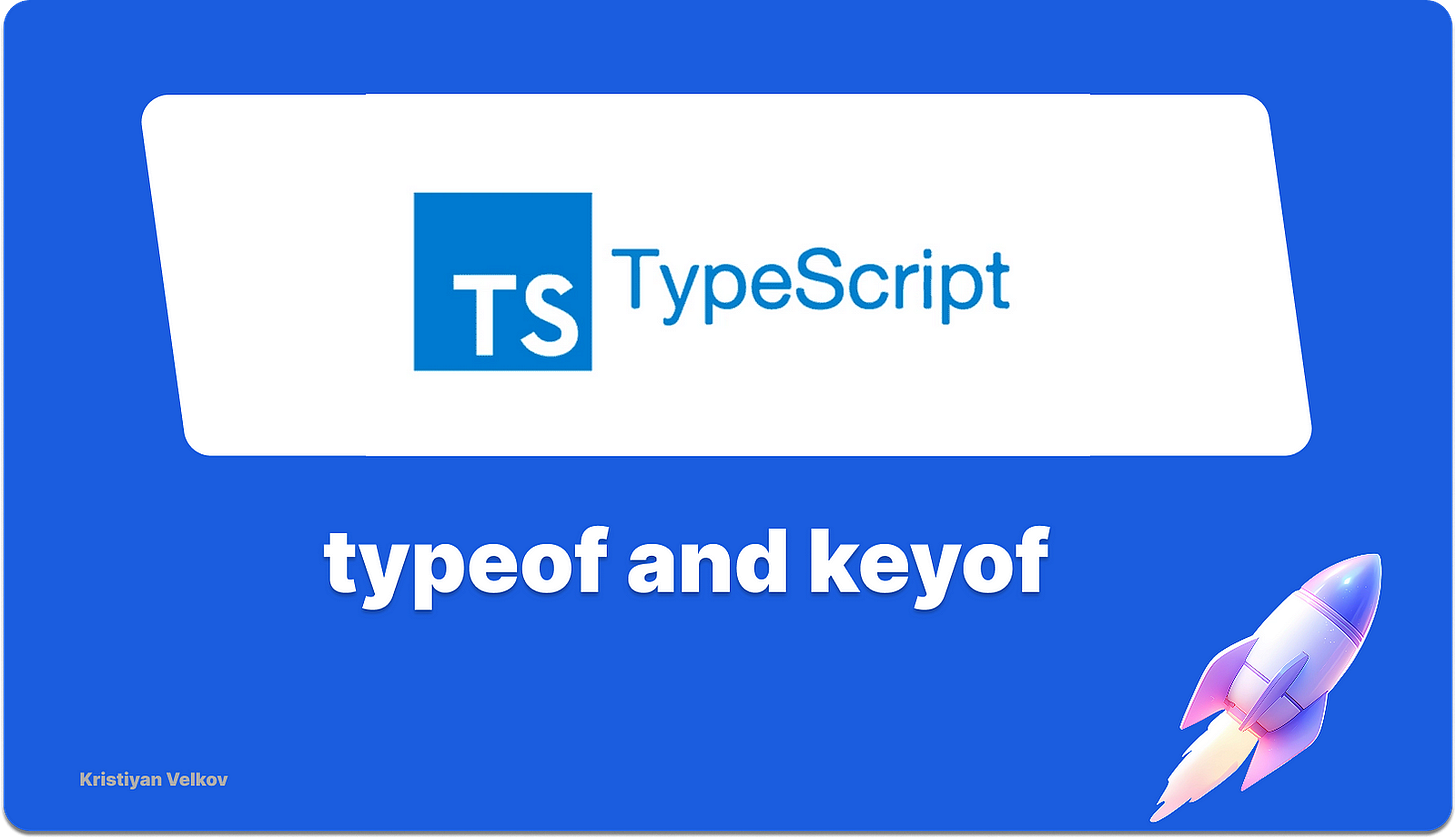Mastering `typeof` and `keyof` in TypeScript: Every Real-World Use You Need to Know
15 Real-World Examples for Deeply Nested Types and Generics
Keep reading with a 7-day free trial
Subscribe to Front-end World to keep reading this post and get 7 days of free access to the full post archives.


